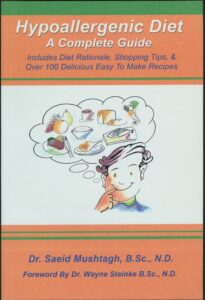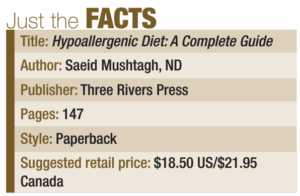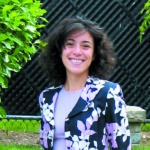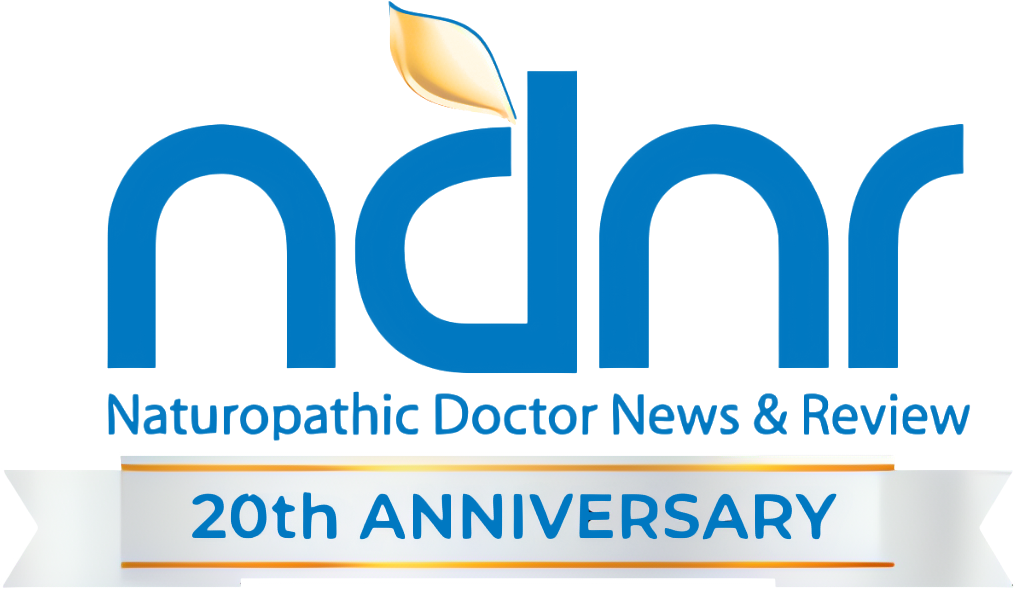Stacie Deyglio, ND
 After reading this book, I was inspired by how often naturopathic physicians advise patients of health that can be achieved by dietary modifications. I took a moment to put myself in the patient’s role, remembering that what I as an ND perceive as a simple diet change may sometimes be interpreted as overwhelming or confusing to a patient. I have always found it helpful to guide a patient through a dietary change by counseling them in a pleasant, simple and organized way. Saeid Mushtagh’s book accomplishes just that.
After reading this book, I was inspired by how often naturopathic physicians advise patients of health that can be achieved by dietary modifications. I took a moment to put myself in the patient’s role, remembering that what I as an ND perceive as a simple diet change may sometimes be interpreted as overwhelming or confusing to a patient. I have always found it helpful to guide a patient through a dietary change by counseling them in a pleasant, simple and organized way. Saeid Mushtagh’s book accomplishes just that.
The essence, the details and the facts about the Hypoallergenic Diet are presented by Dr. Mushtagh with a clear understanding. This book is an excellent resource for patients, medical students and natural enthusiasts who are either contemplating the hypoallergenic diet or are on it and are searching for recipes that fit the diet’s guidelines. The book was inspired by one of Dr. Mushtagh’s patients, who he was treating for irritable bowel syndrome.
The Hypoallergenic Diet book is broken into five parts. Part one relates the underlying principles of the diet and how it works physiologically to prevent illness: “Food allergies and sensitivities begin when undigested food particles, mainly proteins, bypass damaged mucosa and enter the blood circulation.” The discussion of part one also includes an explanation of how food allergies and sub-clinical food sensitivities manifest into physical conditions. The details of part one conclude with how maintaining the diet will both heal and prevent these physical conditions. In this way, Prevenire is the naturopathic principle best embodied by Mushtagh’s text. The book emphasizes the appropriate intervention of diet that is a foundation for common chronic conditions seen within Western society. By educating patients on how to take care of their physical conditions, the body’s innate ability to heal itself takes over, preventing the ailment: “During the course of the hypoallergenic diet, the body will get a chance to gently cleanse the system from food particles. As a result, inflammation subsides and the affected tissues heal.”

Part two of the book discusses how to employ the diet. This is an ideal component, as it relays the information simply, employing tables and lists. Shopping tips are included to help fine-tune the details of the diet when shopping for specific meats, produce and vegetables. Part three includes rationale behind the elimination of some main food groups. Part four contains very yummy recipes, such as Buckwheat pear cake and Ruby chickpeas and yam with quinoa. Part five concludes with scientific evidence that supports the use of the hypoallergenic diet.
 Stacie Deyglio, ND received her baccalaureate degree in biology with a minor in chemistry from the College of Mt. St. Vincent in New York. Personal health issues paved her way to discover naturopathic medicine in 1999. Resonating with the philosophy and principles of naturopathic medicine, Deyglio graduated from the University of Bridgeport College of Naturopathic Medicine in 2003. As a medical student, she was actively involved in student government, fundraising and the generation of two successful student-run health fairs. Currently residing in Arizona, Deyglio is an avid bookworm who is actively creating her practice after a three-year sabbatical taken to raise her son.
Stacie Deyglio, ND received her baccalaureate degree in biology with a minor in chemistry from the College of Mt. St. Vincent in New York. Personal health issues paved her way to discover naturopathic medicine in 1999. Resonating with the philosophy and principles of naturopathic medicine, Deyglio graduated from the University of Bridgeport College of Naturopathic Medicine in 2003. As a medical student, she was actively involved in student government, fundraising and the generation of two successful student-run health fairs. Currently residing in Arizona, Deyglio is an avid bookworm who is actively creating her practice after a three-year sabbatical taken to raise her son.


